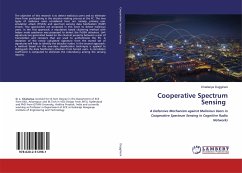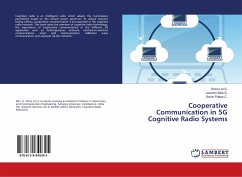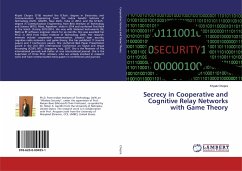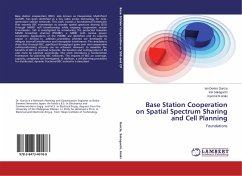The main theme of this research is to improve data quality and security, optimize wireless networking system performance over wireless networks. concerned a novel self-encoded spread spectrum (SESS) network. It provides a feasible practical implementation for random spreading codes. The traditional transmit and receive PN code generators are not needed. Instead, the spreading codes are extracted from the user s information bits itself. Comparing to conventional CDMA, SESS completely abandons the use of pseudo-random spreading codes. The code variability doesn t depend on the spreading length like pseudo-random codes. SESS can achieve 3dB performance gain comparing to the conventional uncoded direct sequence spread spectrum system. The author considers initial acquisition as a global optimization problem and employ genetic search algorithm for converging to the global optimization efficiently. In the tracking phase, Markov chain analysis is used to examine the mean tracking time. SESS is incorporated with cooperative diversity (CD) technique (SESS-CD) to achieve spatial diversity gain with the number of relays.It's stability in highly correlated rayleigh channels has been observed.








